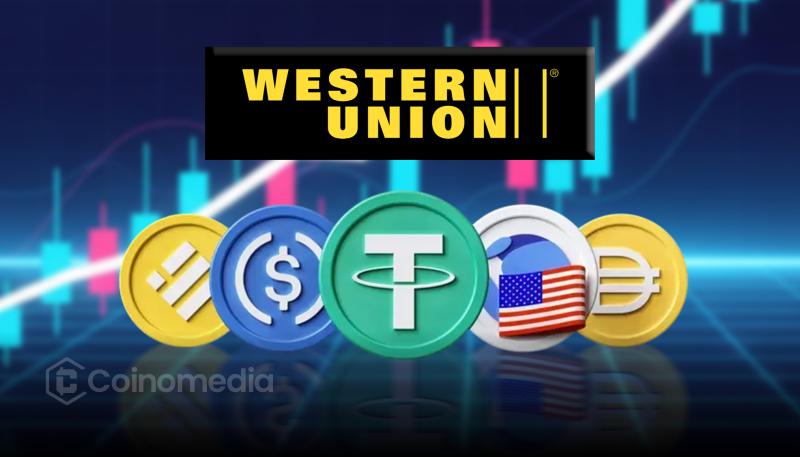Western Union to Launch Stablecoin on Solana
Western Union plans to launch a stablecoin on Solana, aiming for faster and cheaper global transfers.

- Western Union is developing a stablecoin on Solana
- The move aims to improve cross-border payments
- Faster, cheaper transactions could disrupt remittance industry
Western Union, one of the world’s largest money transfer companies, is making a significant leap into the world of digital finance. According to a report by The Wall Street Journal, the company is planning to launch its own stablecoin on the Solana blockchain. This development marks a major shift in how traditional financial services are integrating with blockchain technology.
Stablecoins are digital currencies pegged to stable assets like the US dollar, making them ideal for fast and secure transactions. By launching its own stablecoin, Western Union aims to cut down on transfer fees and improve transaction speeds for its global user base.
Why Solana?
Choosing Solana is a strategic decision. Solana is known for its lightning-fast transactions and low fees, which are essential features for a money transfer platform. Unlike Ethereum, where transaction costs can fluctuate and slowdowns can occur during peak usage, Solana offers a more scalable solution—ideal for a high-volume operation like Western Union.
The stablecoin could allow users to send and receive funds across borders in seconds, reducing the current reliance on slow, costly banking systems. This could be a game-changer for millions of people, especially in developing countries where remittance fees are a burden.
The Bigger Picture for Crypto Adoption
Western Union’s move is more than just a company experimenting with blockchain—it could set a new standard for the entire remittance industry. By embracing a Solana-based stablecoin, Western Union is acknowledging that blockchain offers real solutions to long-standing financial problems.
As traditional financial firms continue to explore blockchain, this could also encourage regulators to accelerate the creation of clearer frameworks for stablecoin usage and compliance.



